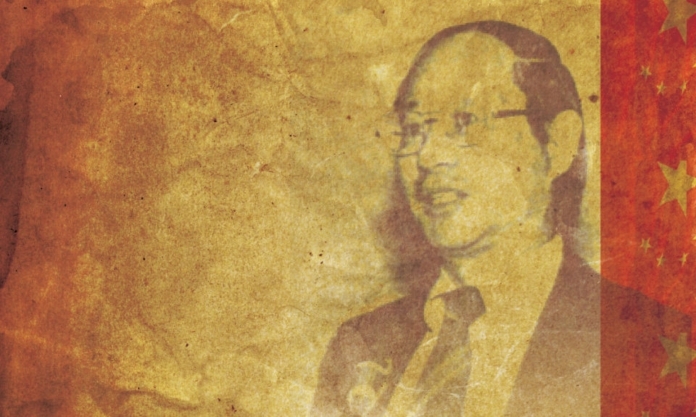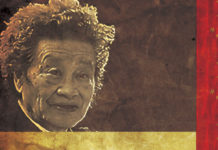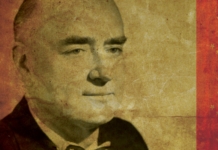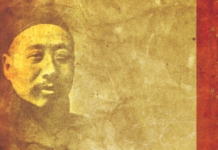King-Sun Fu (傅京孫) was the Chinese-American computing engineer who we should either thank or curse multiple times a day, his work having laid the foundations for today’s ubiquitous black and white miniature chessboards; the QR code.
Born in Nanjing on 2 October, 1930, while our city was last capital of China, Fu crossed the Strait to enter into higher education, gaining a Bachelor of Science in 1953 from National Taiwan University.
Then he started travelling again, further east across the Pacific Ocean to Canada, to attend the University of Toronto where he qualified as a Master of Arts. Another change of country followed, but one just down the road, to where Fu gained his Ph.D. from University of Illinois Urbana-Champaign. That institution is today ranked 15 in the world.
Also today, when we point our phone at a QR code, the device scans it to recognise and interpret the pattern, directing it to a place on the internet, be it a website, point on a map, Facebook page, etc. It may also just turn the QR code into a stream of text; an email address, SMS or phone number, for example.
Such pattern recognition fascinated Fu, who became one of the key founders of the International Association for Pattern Recognition (IAPR), serving as its first president.
In his honour of the memory of Professor King-Sun Fu and beginning in 1988, the IAPR awards on a biennial basis the King-Sun Fu Prize in Fu’s memory and in recognition of an outstanding technical contribution in the field of pattern recognition.
The first King-Sun Fu Prize was presented in 1988, to somewhat fittingly, Azriel Rosenfeld, with whom Fu had previously collaborated.
Among his many titles, Fu was a Goss Distinguished Professor at Purdue University School of Electrical and Computer Engineering in West Lafayette, Indiana. That title’s moniker is provided by William Freeman Myrick Goss, the first Dean of the Schools of Engineering at Purdue University and a previous alumni of Fu’s for the honorary degree he earned from the University of Illinois back in 1904.
Fu was also a member of the then Academia Sinica, which went on to become the Chinese Academy of Sciences. Appropriately, the institution was founded in Fu’s birthplace, our very own Nanjing.
In 1978, Fu also served as the first Editor-in-Chief of the flagship journal in the field of artificial intelligence that is Transactions on Pattern Analysis and Machine Intelligence (TPAMI). As an author, from the late 1960s right up until just a few years before his death, Fu wrote a number of academic publications on the subject of pattern recognition.
Bar codes, such as those on almost any product you buy, were one of the innovations brought about by the field of Computer Image Analysis, the quantitive characterisation of 2 or 3D images.
The field, established in the mid 20th century, saw important contributions from Fu; together with research professor, the aforementioned Azriel Rosenfeld; and computer scientists, Dr. Herbert Freeman and Jack Elton Bresenham.
Those barcodes led to the QR codes that dominate every facet of life in today’s China. Think of Fu the next time you scan. He passed away on 29 April, 1985, aged just 54.












